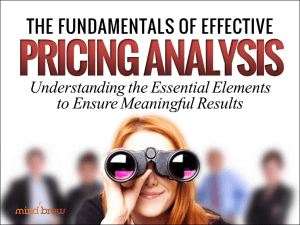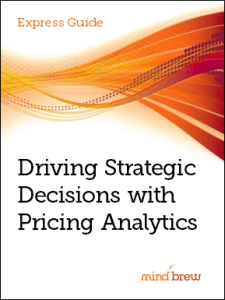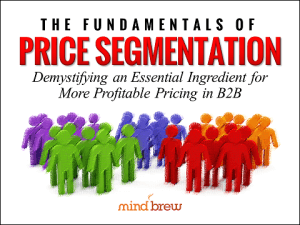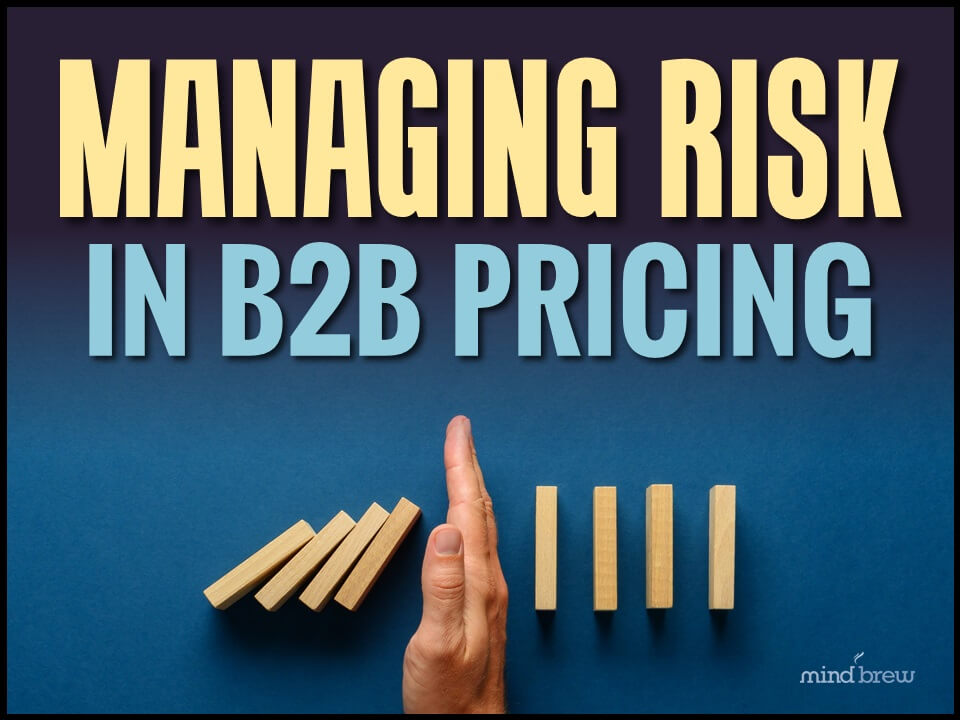It’s been a while since I’ve gone on a rant, so I’ll try to get caught up…
It seems that everywhere we turn these days, there’s yet another chart, graph, or statistic purporting to “prove” this, that, or the other thing. And it now seems that even people who haven’t quite mastered fractions nevertheless feel compelled to share their “data-driven” insights and conclusions with the world.
On one hand, it’s great that so many have embraced the concept of using data to better inform their thinking on critical issues. But on the other hand, the analytical mistakes being made are so egregious and pervasive that they could ultimately discredit the whole data-based approach in the eyes of many.
Unfortunately, similar dynamics can also be found around pricing analysis in commercial environments. While more and more teams are attempting to use their data to make important decisions, a number of major analytical errors, omissions, and fallacies are threatening the credibility of their efforts:
- Wrong Comparative Basis — Digging into many comparative analyses, you find that they are often comparing apples to oranges. And when there is no reasonable expectation of similarity in the first place, any conclusions drawn from observed differences and outliers will of course be inaccurate.
- Correlation vs. Causation — While many have surely heard the “correlation is not causation” expression, too few take it to heart. And drawing causal conclusions from observed correlations is one surefire way to end up solving all the wrong problems and in all the wrong ways.
- Incomplete Data/Context — The fatal flaw in many analyses is what hasn’t been included in the analysis or what isn’t being shown in the outputs. And lacking the proper context as to other factors, influences, and externalities involved, it’s really easy to draw the wrong conclusions.
But the biggest analytical mistake I see being made across the board is also the most difficult to avoid:
- Foregone Conclusions — Too many so-called analyses actually start with a conclusion and then work backwards to find supporting datapoints. While this approach may have the veneer of being data-based, it’s really no better or more accurate than “going with your gut” or putting forth an opinion.
Now, it’s hard to avoid making this particular mistake because once we’ve drawn a conclusion or made a decision…even subconsciously…our brains are wired to filter out data and information to the contrary. In psychological terms, this is called confirmation bias. And it’s a really sneaky phenomenon because we can be affected by it without even knowing it.
But as with any of these analytical mistakes, recognition and vigilance can go a very long way toward mitigation and avoidance. Once you understand and internalize these fatal flaws, you’re in a much better position to guard against them, take steps to avoid them altogether, and/or detect and counter them wherever they may show up.
I have to warn you, though…
Once you learn to spot these analytical flaws, you’ll see them everywhere. And eventually, that may set you off on a rant, too 🙂
















